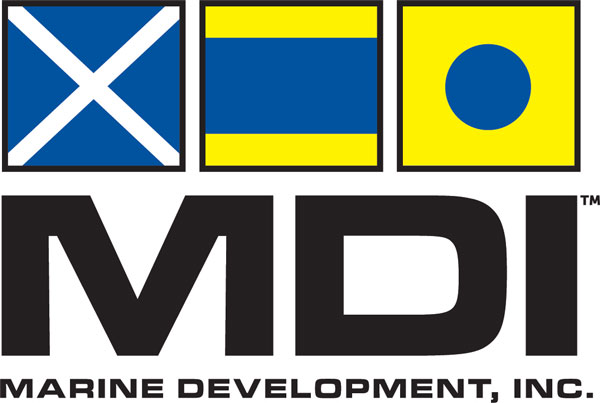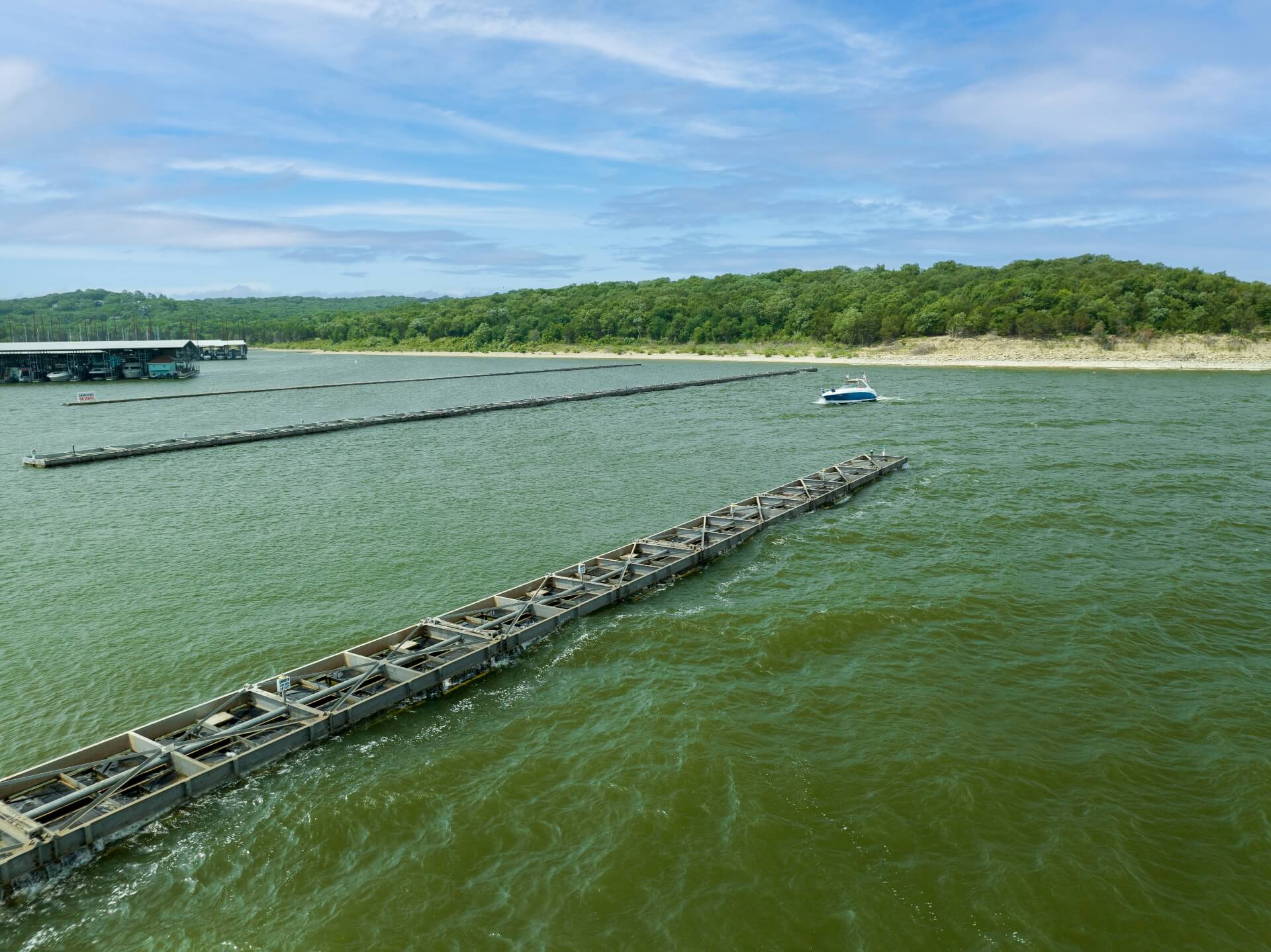Protecting your investment in a freshwater marina is crucial for ensuring the longevity of your dock, boats, and waterfront. One of the most effective ways to safeguard these assets is by installing a wave attenuator. These structures, also known as wave breakers or wave barriers, are designed to reduce the impact of waves and wakes, thereby minimizing damage and enhancing safety. In this comprehensive guide, we will explore the key factors to consider when choosing the right wave attenuator for your marina or dock, focusing on how they eliminate damage to docks, boats, and personal watercraft (PWC), prevent waterfront erosion, slow marina traffic, and deflect rough waves.
Understanding the Importance of Wave Attenuators in Freshwater Marinas
Freshwater marinas face unique challenges, including wind-driven waves, boat wakes, and the potential for erosion along the waterfront. Unlike saltwater environments where tidal movements and marine organisms contribute to wear and tear, freshwater marinas need protection primarily from wave energy generated by natural elements and human activities. Wave attenuators play a vital role in creating a calm and safe environment, making them an essential investment for marina operators.
Factors to Consider When Choosing a Wave Attenuator
1. Wave and Wake Conditions
The primary function of a wave attenuator is to mitigate the energy of incoming waves and boat wakes. Therefore, understanding the specific wave and wake conditions your marina faces is crucial:
- Wave Height and Frequency: Assess the average and maximum wave heights and their frequency. This information will help determine the type and size of the wave attenuator needed.
- Boat Traffic: Consider the level of boat traffic in your marina. High-traffic areas generate more wakes, necessitating a more robust wave attenuator.
2. Material and Construction
The durability and effectiveness of a wave attenuator largely depend on its material and construction:
- Concrete: Known for its durability and weight, concrete wave attenuators are effective at absorbing significant wave energy but may be more challenging to install.
- Steel: Steel structures offer strength and flexibility but require maintenance to prevent corrosion, especially in freshwater environments.
- Floating Systems: Made from buoyant materials such as polyethylene or foam-filled chambers, these systems are versatile and easier to install. They can be particularly effective in areas with fluctuating water levels.
3 .Installation and Maintenance
Consider the ease of installation and the maintenance requirements of the wave attenuator:
- Installation: Some wave attenuators require professional installation, while others can be installed by marina staff. Evaluate the costs and logistics involved in the installation process.
- Maintenance: Regular maintenance is essential for ensuring the longevity and effectiveness of the wave attenuator. Choose a system with manageable maintenance requirements.
4 .Environmental Impact
It’s important to select a wave attenuator that minimizes environmental impact:
- Shoreline Erosion: A well-designed wave attenuator can prevent shoreline erosion by reducing wave energy. This helps preserve the natural landscape and protects the marina infrastructure.
- Aquatic Life: Ensure the wave attenuator does not negatively affect local aquatic life. Some designs incorporate eco-friendly materials and features that promote marine habitats.
5. Effectiveness in Deflecting Rough Waves
The ability to deflect rough waves and wakes is a critical factor:
- Angle and Shape: The angle and shape of the wave attenuator determine how effectively it can deflect waves. Curved or angled designs often perform better in dispersing wave energy.
- Placement: Strategic placement of the wave attenuator is essential. Position it to cover the most vulnerable areas of your marina, taking into account prevailing wind and wave directions.
6. Slowing Marina Traffic
Wave attenuators can also serve to slow down marina traffic, enhancing safety:
- Speed Reduction: By creating calmer waters, wave attenuators naturally encourage boaters to reduce their speed, minimizing the risk of accidents.
- Traffic Flow: Properly placed wave attenuators can help control the flow of traffic, directing boats to safer, designated pathways.
Benefits of Installing the Right Wave Attenuator
1. Eliminates Damage to Docks, Boats, and PWC
Continuous wave action can cause significant wear and tear on docks, boats, and personal watercraft. Wave attenuators reduce this impact, leading to:
- Longer Lifespan: Protecting docks and boats from constant wave impact extends their lifespan and reduces the frequency of repairs.
- Reduced Maintenance Costs: With less damage, maintenance costs for docks, boats, and PWC are significantly lowered.
2. Prevents Waterfront Erosion
Waterfront erosion can be a serious issue for freshwater marinas. By mitigating wave energy, wave attenuators help:
- Preserve Natural Landscapes: Reducing erosion helps maintain the natural beauty and stability of the shoreline.
- Protect Marina Infrastructure: Preventing erosion safeguards the foundational structures of the marina, such as pilings and seawalls.
3. Enhances Safety
Calmer waters created by wave attenuators enhance the overall safety of the marina:
- Safe Boarding and Disembarking: Reduced wave action makes it easier and safer to board and disembark from boats.
- Secure Mooring: Boats are more securely moored in calmer waters, reducing the risk of breakaways and collisions.
4. Improves Marina Aesthetics
A calm and well-protected marina is more attractive to boaters and visitors:
- Aesthetic Appeal: A peaceful water environment enhances the overall appeal of the marina, attracting more boaters and potentially increasing revenue.
- Property Value: Well-maintained and visually appealing marinas tend to have higher property values.
Conclusion
Choosing the right wave attenuator for your freshwater marina or dock is a critical decision that can have long-lasting benefits. By carefully considering factors such as wave and wake conditions, material and construction, installation and maintenance, environmental impact, and effectiveness in deflecting rough waves, you can select a wave attenuator that meets your specific needs. The right wave attenuator will not only eliminate damage to docks, boats, and PWC but also prevent waterfront erosion, slow marina traffic, and enhance safety.
Investing in a wave attenuator is an investment in the future of your marina. It ensures a safe, attractive, and well-protected environment for boaters and visitors alike. By taking the time to choose the best wave attenuator for your needs, you can enjoy the peace of mind that comes with knowing your marina is protected against the forces of nature.

